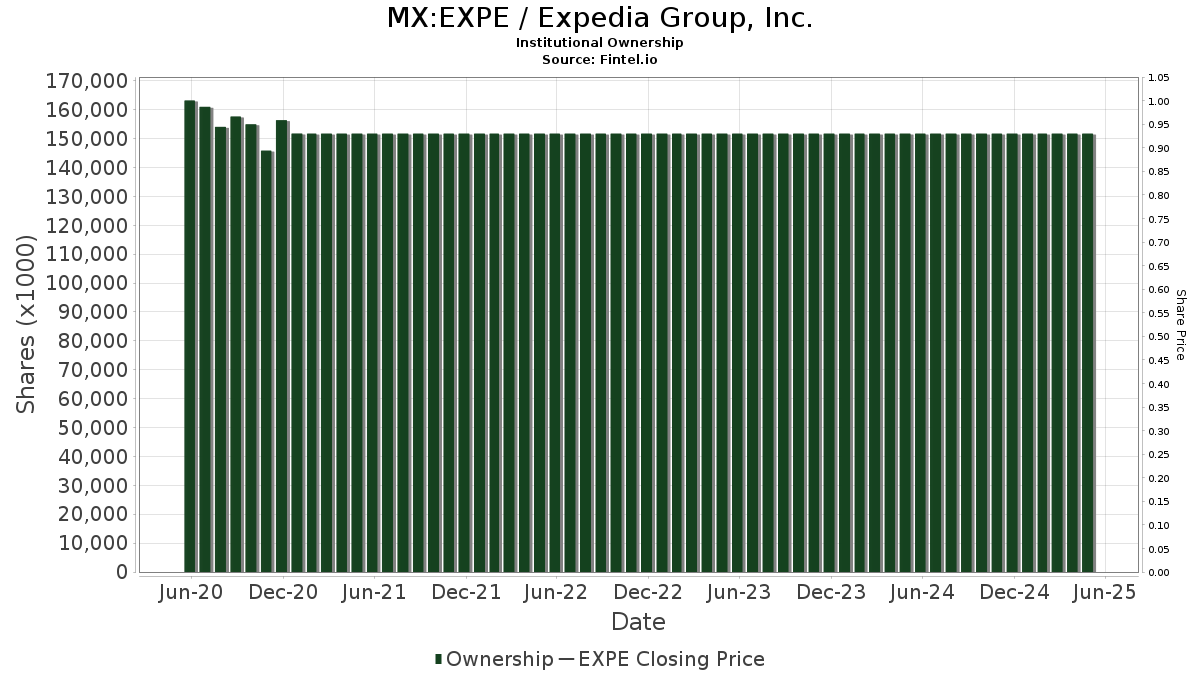Identifying the Cyclical Stocks Set for Growth in 2025
There’s always a bull market emerging somewhere, and we’ve discovered it. Last week, I (Tom Yeung) introduced readers to two cyclical stocks to consider investing in immediately.
Two Promising Stocks
The companies discussed are quite distinct in their operations:
- Digital Realty Trust Inc. (DLR) is a data center powerhouse valued at $50 billion, leasing extensive space to AI cloud computing clients.
- Tyson Foods Inc. (TSN) specializes in packaging chicken and beef for grocery stores.
Both firms are capitalizing on cyclical trends. Digital Realty is benefiting from the AI boom, while Tyson is on a path to recovery thanks to improvements in cattle production.
These companies join eight other recommendations made in January that also focused on cyclical trends. The result has been a robust average increase of 7% across these ten high-quality firms, which outperforms the S&P 500’s weighted return of -3% and the Nasdaq Composite’s -6% decline during the same timeframe.
Cyclical trends often counter broader market declines. Historical examples illustrate this: during the 2008 financial crisis, commodity prices soared while the market struggled. Airline stocks surged in the mid-2010s amid collapsing oil prices, and chipmaking stocks rallied in 2020 despite the widespread Covid-19 selloff.
Currently, the cycle appears bullish for power-producing companies, financial exchanges, meatpackers, and more, even as the broader market faces challenges.
However, these favorable cycles can be fleeting, according to Keith Kaplan, CEO of TradeSmith. His firm assists investors in identifying trends that may last for decades. I encourage you to watch Keith’s latest presentation while it’s still available. In this free broadcast, he discusses what he refers to as “the pattern,” a cyclical trend that has occurred every 49.5 years on average.
When this pattern emerges, Keith suggests, it can lead to substantial gains in specific stocks. Historical data shows that the last occurrence under similar conditions resulted in impressive long-term returns, including 9,731% from a leading software company and 28,894% from a hardware firm.
This is an event that long-term investors should not overlook.
Click here to watch that presentation.
In the meantime, let’s examine two additional cyclical stocks to consider for investment this year.
Weather-Driven Opportunities
In 2015, New England experienced “Snowmageddon,” with Boston accumulating nearly 8 feet of snow and spending over $40 million on storm responses—more than twice its annual snow-removal budget. One significant snow pile took until mid-July to melt completely.

Construction of Boston’s city monument to Winter ’15
The aftermath of this intense winter was a boon for Douglas Dynamics Inc. (PLOW), the largest producer of snowplow attachments and ice management tools in the U.S. Over three years, the company’s revenue increased by 56% as customers rushed to upgrade outdated snowplows and salt spreaders.
However, a downturn began in 2020 due to several dry winters that sharply reduced demand for snow-clearing equipment. This resulted in PLOW’s stock falling to levels near its pre-2015 valuation.
Yet 2025 could signal the beginning of a new upward trend for Douglas Dynamics. A recent unusual snowstorm in January brought up to 10 inches of snow to areas in New Orleans, revealing significant snow-clearing equipment shortages from Texas to the Carolinas. Meanwhile, many locations are experiencing their first “average” winters in years; Boston recorded over four inches of snow for the first time in 1,000 days.
This trend could spur a much-needed recovery for Douglas Dynamics. The company owns reputable brands such as Fisher, Henderson, and SnowEx and has a solid track record of making successful acquisitions. It has generated positive cash flow every year since it started publishing its financials in 2006.
Additionally, the company’s shares are trading at a notable discount, currently under 10 times earnings and eight times cash flow—less than half of the historical average.
Though parts of the Midwest continue to experience dry conditions, resulting in potential delays in Douglas Dynamics’ recovery until 2026, the Northeast’s return to an “average” winter and the South’s recent snowstorm should be sufficient to ignite a recovery in PLOW’s undervalued shares.
Investment in Market Leaders
In January, I highlighted CME Group Inc. (CME) and Cboe Global Markets Inc. (CBOE) as two dominant cyclical companies with strong market positions. These firms maintain an effective monopoly in the options and futures markets.
Market Volatility Sparks Potential Gains for Financial Firms
Market activity typically increases during periods of elevated volatility, often leading to substantial profit spikes for investors.
Donald Trump’s anticipated second term is emerging as a strong catalyst for financial gains.
Recently, stocks from two companies surged by 7% each, coinciding with a jump in the VIX “fear” index, which is owned by CBOE. As the likelihood of tariffs rises, further increases in stock prices are plausible.
Adding a New High-Quality Stock: Charles Schwab Corp. (SCHW)
This week, we introduce another solid contender in our portfolio of high-quality cyclical stocks: Charles Schwab Corp. (SCHW). This leading brokerage firm has achieved a commendable “B” rating from InvestorPlace Senior Analyst Louis Navellier and has recorded positive net income every year since its IPO in 1987.
Schwab’s management has adeptly recognized evolving trends within both institutional and retail trading. In a bold move in 2019, the firm eliminated fees for online trades, believing that interest income from cash deposits would compensate for the lost revenue. The subsequent acquisition of TD Ameritrade in 2020 significantly boosted Schwab’s footprint in the burgeoning online trading sector.
These strategic decisions have transformed Schwab into a robust financial powerhouse. Currently, the firm manages over $8 trillion in client assets and generates approximately $9 billion in net interest revenue annually, accounting for nearly half of its overall revenues.
The Cyclical Nature of Trading
However, it’s important to note the cyclical nature of the trading business. In 2017, during Trump’s first year in office, a surge in stock trading led to a 17% increase in Schwab’s revenues and a 35% rise in its share price. Yet, rising interest rates in 2018 prompted a downturn, as customers reduced cash balances, impacting Schwab’s interest income.
A similar cycle unfolded following the Covid-19 pandemic, where an influx of retail traders, bolstered by government stimulus funds, propelled Schwab’s business to unprecedented heights. However, the rise in interest rates from 2022 through 2023 created another down-cycle for the company.
Looking ahead to 2025, a new cycle appears to be on the horizon. With Trump back in office, Nasdaq data shows a 14% increase in equity trading volumes in January. Additionally, interest rates are beginning to decline, making cash holdings more appealing.
These developments could significantly benefit Schwab. Analysts predict that earnings per share will increase by 34% this year and by 26% in 2026. For conservative investors looking for a reliable way to engage with the market, Schwab presents an attractive opportunity.
The 49.5-Year Cycle
It’s essential to emphasize that the twelve cyclical stocks discussed this year have relatively short timeframes. For instance, Douglas Dynamics may reach its peak within two years, while Kimberly-Clark Corp. (KMB), recommended earlier this year, came within 5% of its target price in just one month.
Therefore, I encourage you to explore Keith’s free special briefing while it remains available. During this event, he will showcase a new technological breakthrough that has unveiled a significant pattern.
Keith will fully reveal the pattern and discuss the names and tickers of ten technology stocks poised for growth as this pattern unfolds in 2025.
Based on historical precedent, the long-term gains could be considerable.
To watch Keith’s free broadcast, click here.
I look forward to connecting with you again next week.
Regards,
Thomas Yeung
Markets Analyst, InvestorPlace






